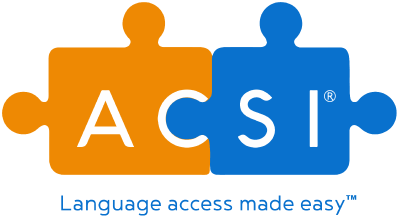Restoring Students’ Social, Emotional & Academic Health
Upon returning to school, restoring students’ social, emotional and academic health calls for strong relationships between students and their school, students and adults, and students and their peers. The strength of these relationships helps determine the level of student-connectivity, which is one of the main goals for students returning to school. In order to begin achieving this goal, state leaders are being urged to implement legislative policies that would advance solutions to confront, maintain and strengthen relationships necessary for the healing and learning processes to begin.
Experts like Christina Cipriano, Ph.D. in educational psychology and research director at Yale Center for Emotional Intelligence, calls for more social and emotional learning (SEL). SEL is the process by which children and adults are understanding and managing emotions, setting and achieving positive goals, feeling and showing empathy for others, establishing and maintaining positive relationships, and making responsible decisions. However, even schools that are in tune with meeting these goals, might not realize that a bilingual student is having difficulty communicating his/her discomforts or anxieties that returning to school is triggering.
The Aspen Institute’s Education & Society Program suggests 10 State Actions. For example, one suggestion is to establish “a clear definition of ‘student engagement’ and healthy conditions for learning, or refine existing definitions and provide measurement tools, resources, and guidance to schools.” This is an extremely important suggestion when a bilingual student is involved. If student engagement is suffering, on the whole, it’s possible that a limited-English proficient student experiences even more disconnectedness. Imperatively, in addition to implementing new definitions of student engagement, The Aspen Institute seeks to clarify the effects distance learning has on students through “emotional check-ins.”
Properly using “emotional check-ins” also brings to light the importance of training school counselors and other administrators, as well as teachers, so they can better recognize when a bilingual student is apprehensive, uncomfortable or displays anxieties they fail to portray verbally. Creating a safe space for all students is imperative now more than ever, and SEL will remain a powerful tool to maintain this environment. Staffing schools with translators or interpreters in our schools, is also one of the most effective tools schools can invest in to foster social, emotional, and academic equality, and ensure the efficacy of “emotional check-ins.”

